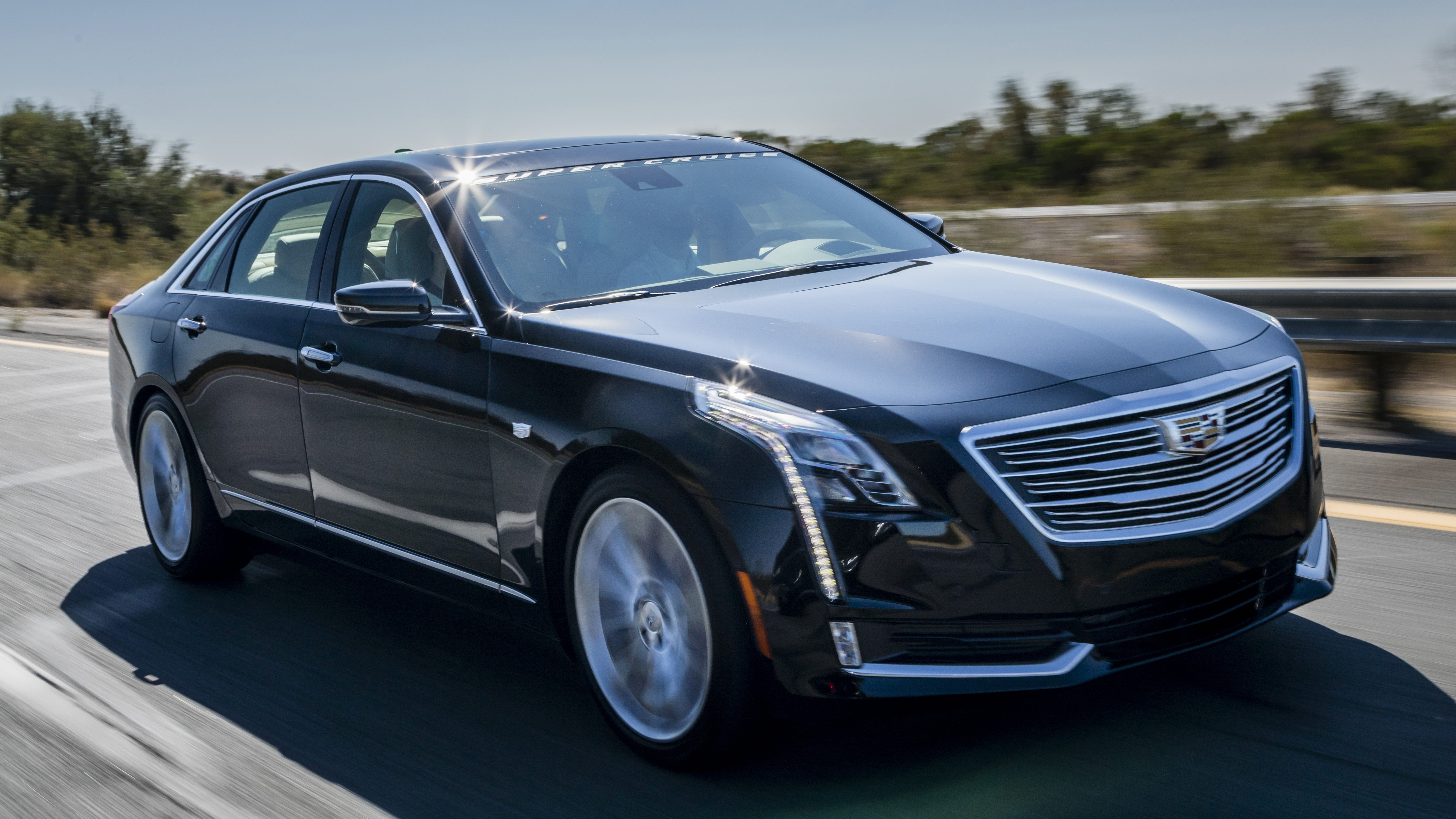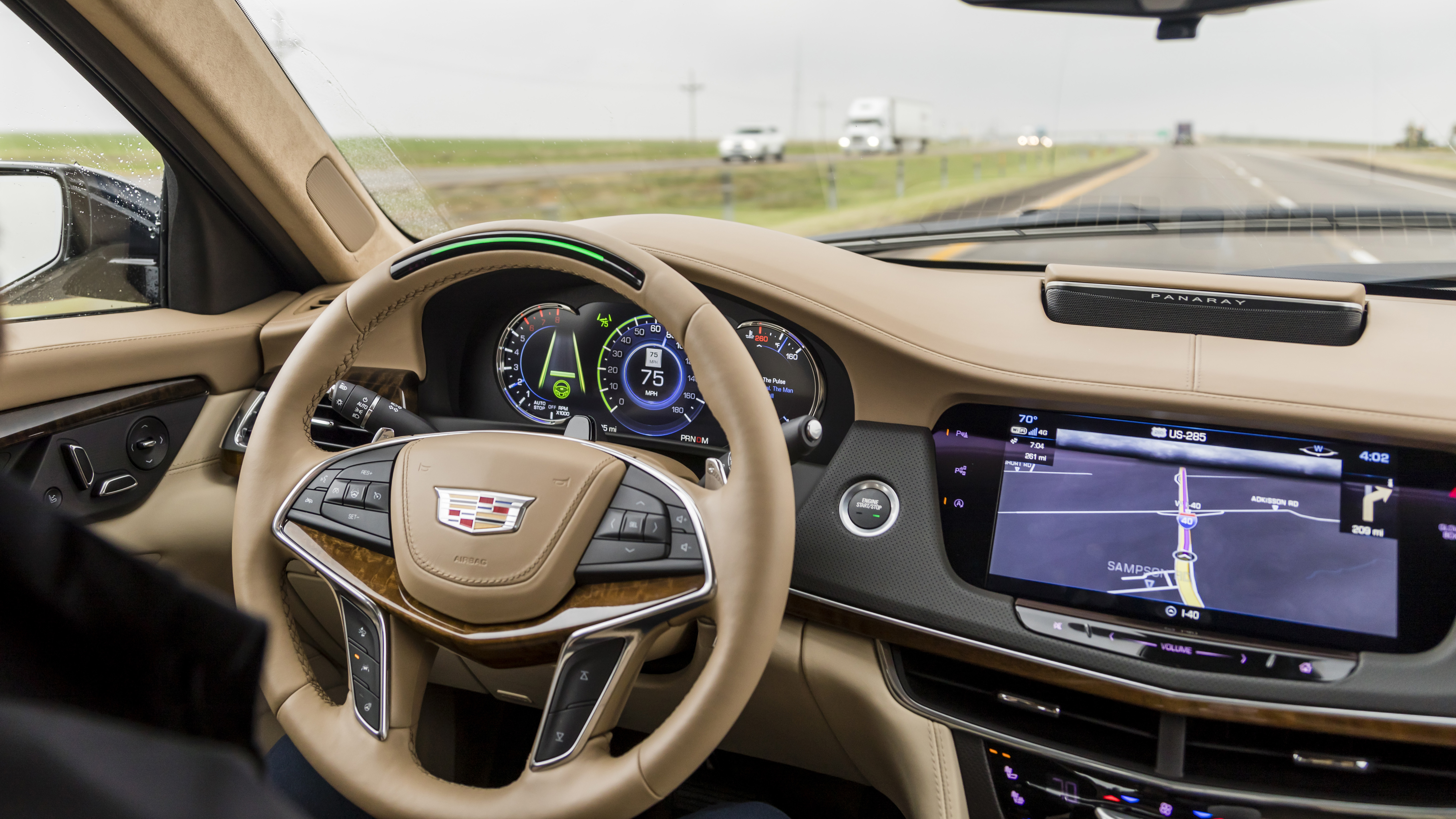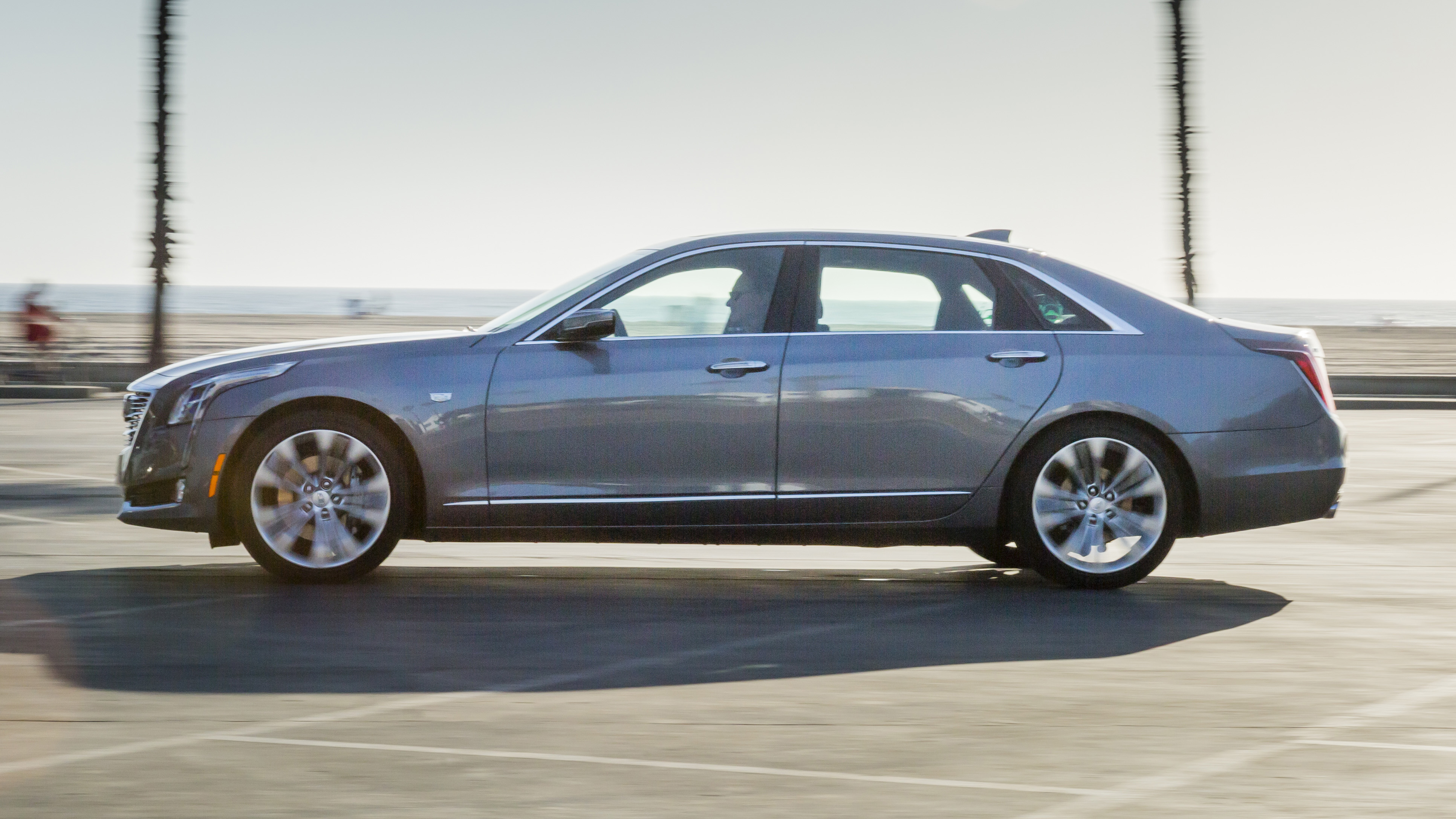
Cadillac CT6 'Super Cruise' review: semi-autonomous Caddy tested
What is this?
In the crawl towards the holy grail of level five, fully autonomous, sleep-while-you-travel cars, there are many steps that have to be ironed out first. Levels one to four, for starters. We’ve had level one stuff like adaptive cruise control, lane keeping assistance and parking aids for a while.
Now we are seeing more cars fitted with level two systems. These are defined as systems which can take full control of the vehicle but must be monitored by the driver, who must be prepared to immediately intervene as and when things get ugly.
OK, but you still haven’t told me what this is...
This is Cadillac’s level two system called Super Cruise. It’s fitted exclusively to high-end variants of the range-topping CT6 saloon either as standard on the top spec level, or as a $5k option to the next level down.
What does it claim to do?
As the name implies, allow you to cruise on motorways without having to touch the steering or pedals.
Does it work?
Yes and no. Once engaged it works fine, slowing and speeding up to the pre-set speed limit with the traffic, and steering through the gentle curves of the motorway. It uses an infra-red eye camera to monitor where the driver is looking.
If you look away for more than a few seconds, the LED bar on the steering wheel starts flashing red and will ultimately turn the system off, coasting the car to a halt (a one-way, sure-fire route to becoming a truck bonnet ornament. Which legal genius came up with that one, then?) if you don’t look ahead again in sufficient time which is a few seconds.
Top Gear
Newsletter
Thank you for subscribing to our newsletter. Look out for your regular round-up of news, reviews and offers in your inbox.
Get all the latest news, reviews and exclusives, direct to your inbox.
There are a couple of levels of physical and visual warnings (respectively, a vibrating seat and that light bar) before that happens, so it’s not a huge issue unless you get engrossed in a text chat or video. So, other than that stopping dead on a motorway when you stop looking bit, OK so far.
What about the not so good?
On our 30 min drive in mixed traffic on LA’s choked up freeways, the system was challenging to use. It has such particular and rigid engagement conditions – you have to be a certain distance from the car in front, in the dead centre of the lane, looking dead ahead, to name but three parameters – the ‘system ready’ icon flickers intermittently on and off and you often have to try several times to hit it. Which is distracting and therefore makes the system slightly self-defeating.
What about lane swapping?
For all its sentience, it cannot change lanes. When you touch the steering wheel to steer away from the centre of the lane, the LED bar changes to blue, which means that technically the system is still engaged, but that you have been given control back to make the manoeuvre. Or not.
Sounds tricky.
It is. The system did re-engage a couple of times we did this – as and when the above pre-conditions were met. And a couple of times it did not. Which again was distracting as it wasn’t entirely clear whether the driver or the car was in control for a period of time during a critical move. It’s 50/50s like that which can cause accidents, not prevent them.
Does it only work on the motorway?
Yes. GM has mapped a majority of the centrally divided US freeways and the car carries that map around with it in the boot. An onboard Lidar and camera match with hyper accuracy what they are seeing with what’s recorded and, if it all aligns, it allows the system to activate. But conditions clearly have to be perfect for it to do so.
And that’s where the next problem lies?
Yep. Most roads, especially the crumbling ruins that are LA’s freeway network, are a very long way from perfect. So the system keeps turning off as it loses road markings. Or if the sun is too bright. Or presumably if it’s raining. Or snowing.
Hmmm, still sounds like a work in progress.
It feels very much like that, too. It works fine in perfect conditions but we don’t live in those for 99 per cent of time. And we don’t drive the way the system wants us to. We cut and we thrust through traffic. We are in a hurry. We are imperfect. So we need a system that recognises those facts and works with us, to protect us from ourselves. Not a nanny that is only available on straight roads in the middle of America.
Should I buy it?
I wanted this to be so much better than it is. But no, I wouldn’t recommend it yet. Right now, I’d take a level one adaptive cruise control system over this. It’s a much clearer, simpler, cheaper and probably safer system.
Featured

Trending this week
- Car Review
BMW iX3






